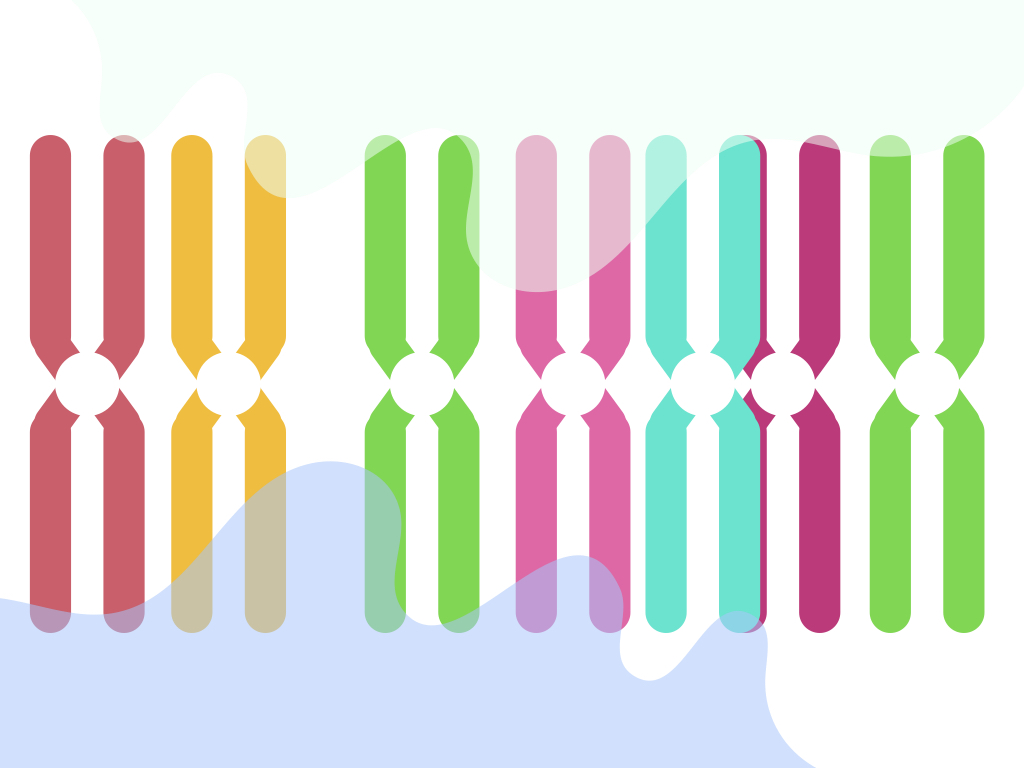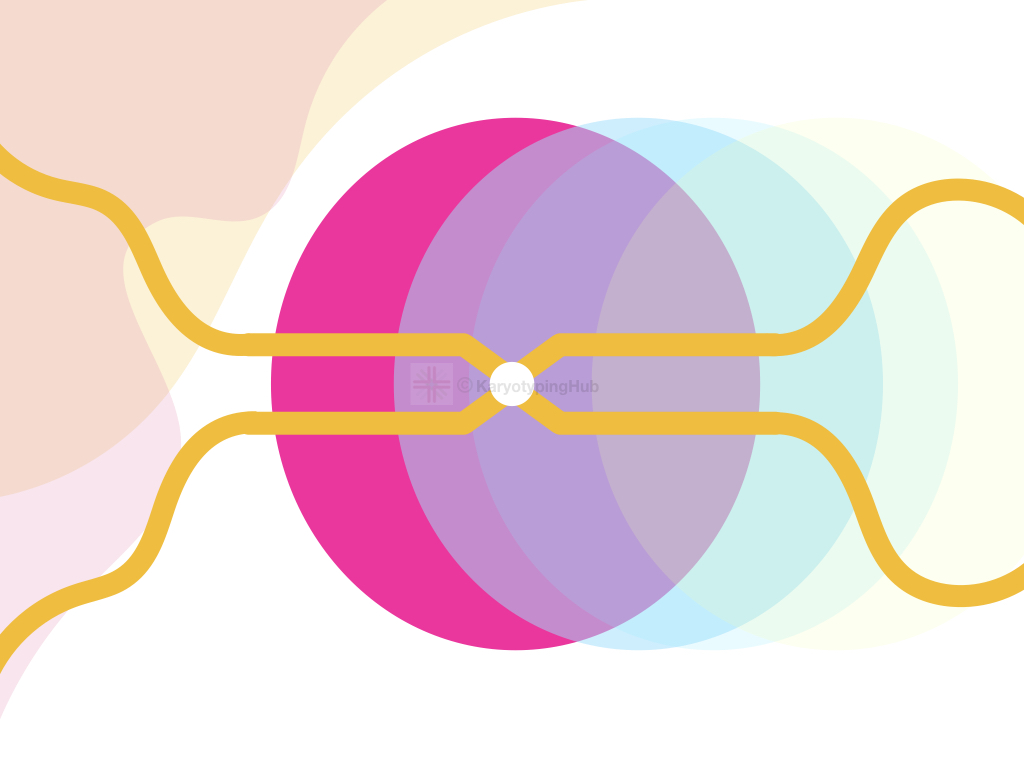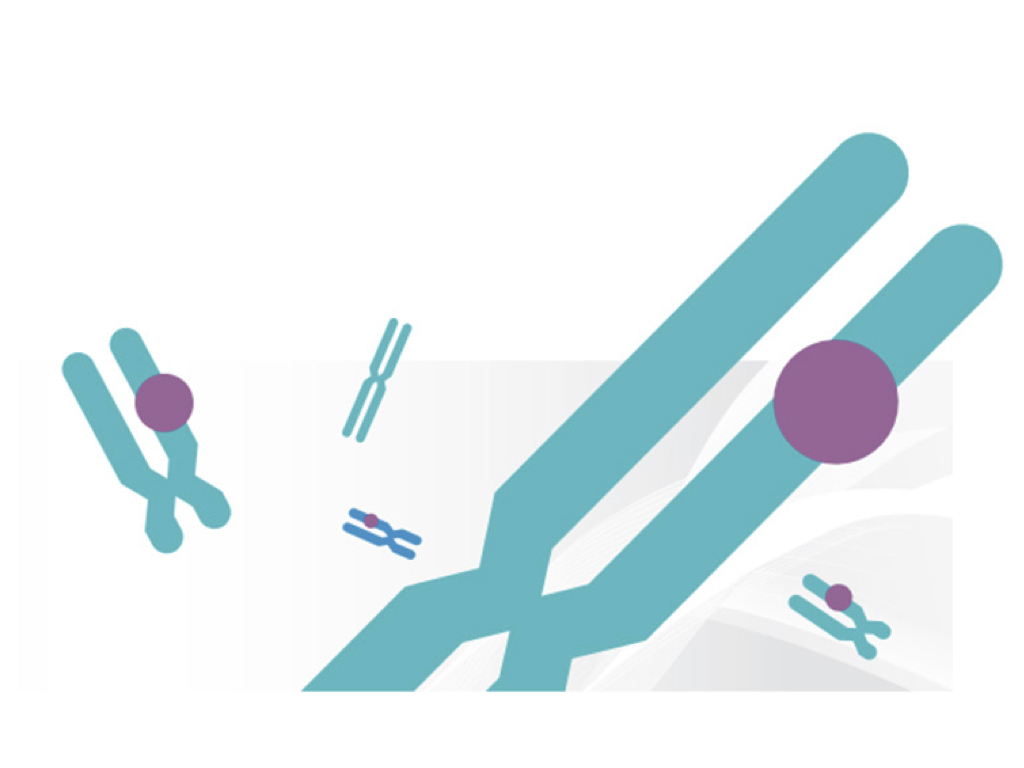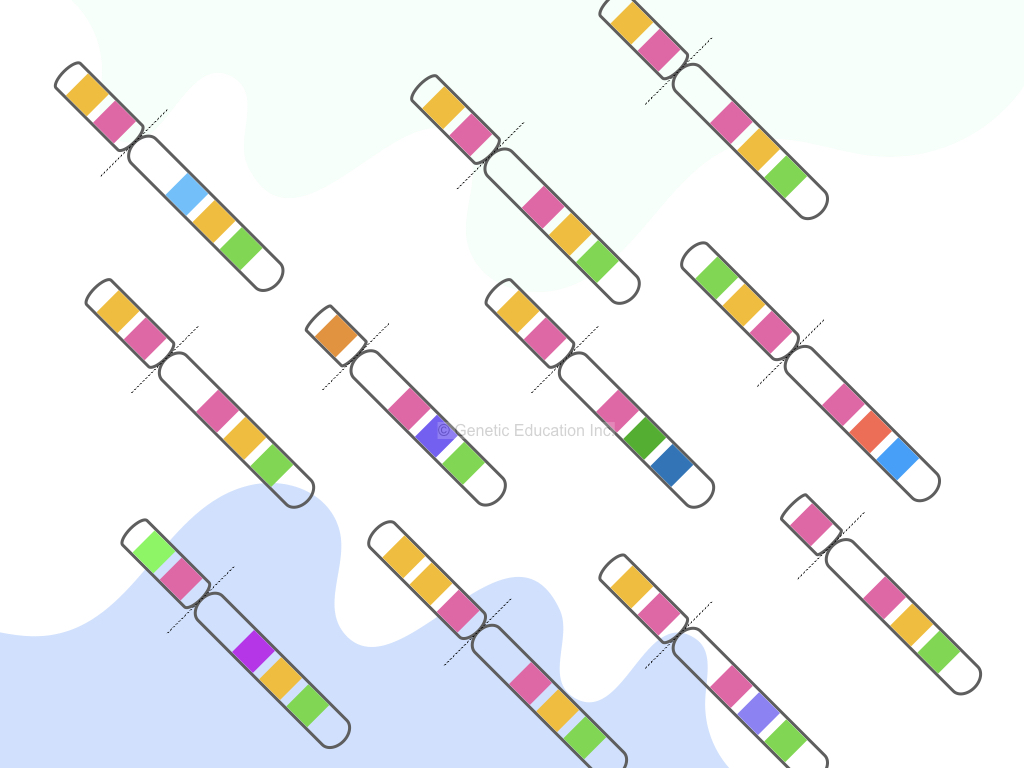Interpreting human karyotype report
A karyotype report is a written proof of what a cytogeneticist observes from your sample. Usually, medical reports, especially the genetic reports like the karyotype or real-time PCR report are complicated to understand, even for a doctor. Report is actually a written proof about your testing, and the investigator takes responsibility for it. However, as …




